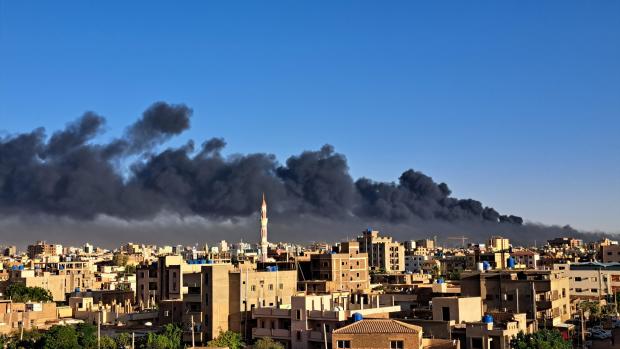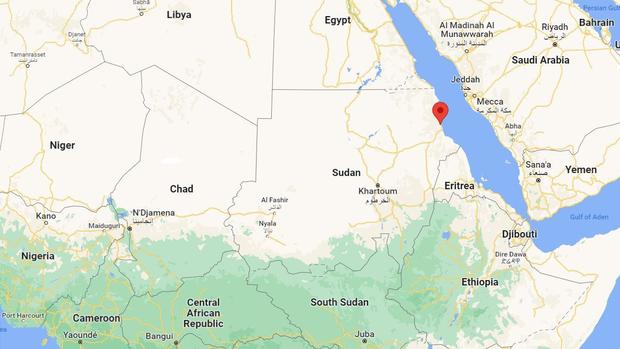2 Sudan generals are at war with each other. Here's what to know.
The death toll from the crisis in Sudan has climbed over 500, according to the World Health Organization, as a tense 72-hour ceasefire was extended for another three days Friday. The fragile truce has quieted more than a week of intense fighting between two well-armed factions led by rival commanders.
Here's what's happening in the east African nation, and why:
Who is fighting in Sudan?
The clashes in Sudan are between the Sudanese Armed Forces, led by Gen. Abdel Fattah al-Burhan, and the Rapid Support Forces (RSF) paramilitary group, led by Gen. Mohamed Hamdan Dagalo.
Until recently, the leaders of the two forces were allies. They worked together in 2019 to overthrow Sudan's brutal dictator Omar al-Bashir, who ruled over the country for three decades, sweeping to power as thousands of people took to the streets in a popular uprising against al-Bashir.
After that coup, a power-sharing government was formed, made up of civilian and military groups. The plan was for it to run Sudan for a few years and oversee a transition to a completely civilian-run government.
Why did the fighting in Sudan start?
In 2021, al-Burhan, who had become chief of the power-sharing council, dissolved it, declaring he would instead hold elections in 2023.
The current fighting broke out between the army and the RSF as a result of negotiations breaking down over integrating the two forces ahead of the intended restoration of civilian rule. There was disagreement over which general would be subordinate to the other, and how quickly the RSF would be incorporated into the Sudanese military.
Heavy fighting broke out across the country on April 8, with Sudan's capital city of Khartoum and neighboring Obdurman being turned into battlefields.

U.S. Embassy workers evacuated
The U.S. military successfully evacuated just under 90 U.S. diplomatic personnel from Sudan, including the American ambassador, from the U.S. Embassy in Khartoum, the White House said, adding that the U.S. would be "temporarily suspending operations" at its embassy.
U.S. officials told CBS News on Monday that the government was considering multiple options to get American nationals out of Sudan. It remains unclear how many U.S. nationals are in Sudan, but The Associated Press said around 16,000 were registered with the American embassy as being in the country.

The plans under consideration include sending a contingent of U.S. troops to Port Sudan, on the country's Red Sea coast, to coordinate departures. European and African nations have spent the week evacuating civilians, including organizing airlifts out of the country, amid the calmer circumstances under the ceasefires.
U.S. Secretary of State Antony Blinken said Monday that the U.S. government would "continue to coordinate with allies and partners who are conducting their own operations and to leverage those efforts to include Americans."
At least two U.S. citizen is among those who've been killed in the violence, officials have confirmed.
— David Martin, Debora Patta and Sarah Carter contributed to this story.
- In:
- War
- Africa
- Civil War
- Ceasefire
- Sudan

Haley Ott is an international reporter for CBS News based in London.
TwitterDisclaimer: The copyright of this article belongs to the original author. Reposting this article is solely for the purpose of information dissemination and does not constitute any investment advice. If there is any infringement, please contact us immediately. We will make corrections or deletions as necessary. Thank you.







